How to Cut Electrical Wire (Step By Step Guide with Photos)
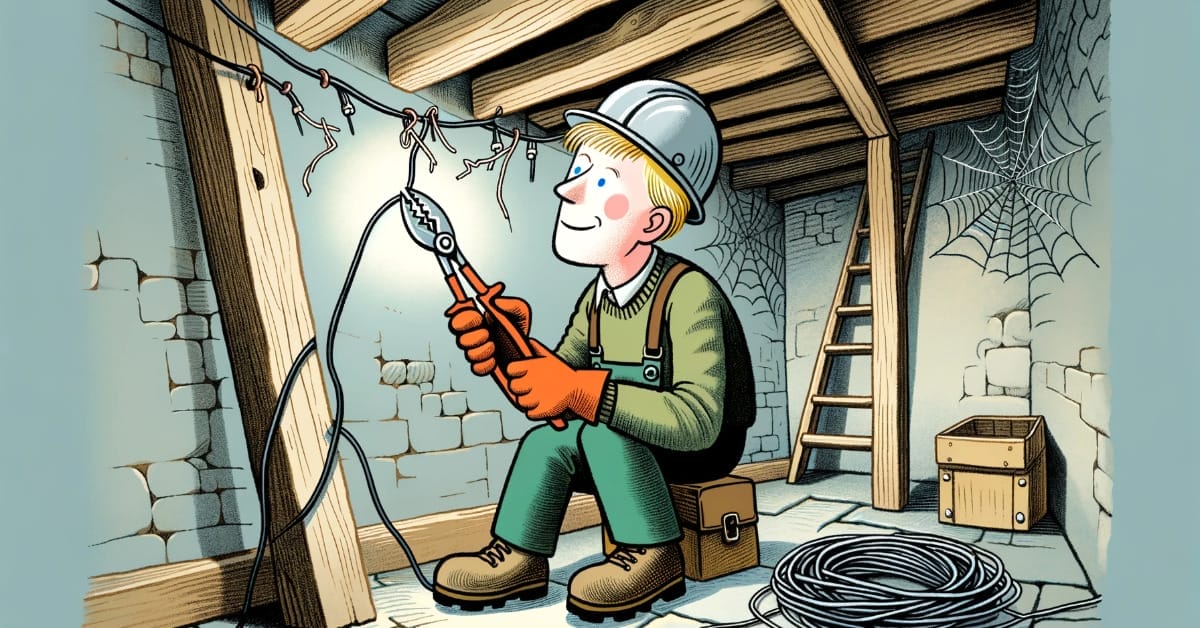
Cutting electrical wires can be a simple process. However, there are lots of cutting techniques and tools. You can use these techniques and tools to cut wires of all sizes and shapes.
In general, to cut and shape any type of wire, use diagonal cutting pliers. Apart from that, use lineman’s pliers to splice or cut wires. Use long-nose pliers for small gauge wires. When cutting live wires, remember to turn off the electricity.
Before We Start
I’m planning to break down this post into three parts. In the first part, we’ll talk about cutting tools. The 2nd part and 3rd parts will be dedicated to setting up the workspace and cutting wires. With that in mind, let’s get started.
Part 1 – Gathering Cutting Tools
Here, we’ll talk about four different wire cutters that can come in handy in your DIY electrical project.
Lineman’s Pliers
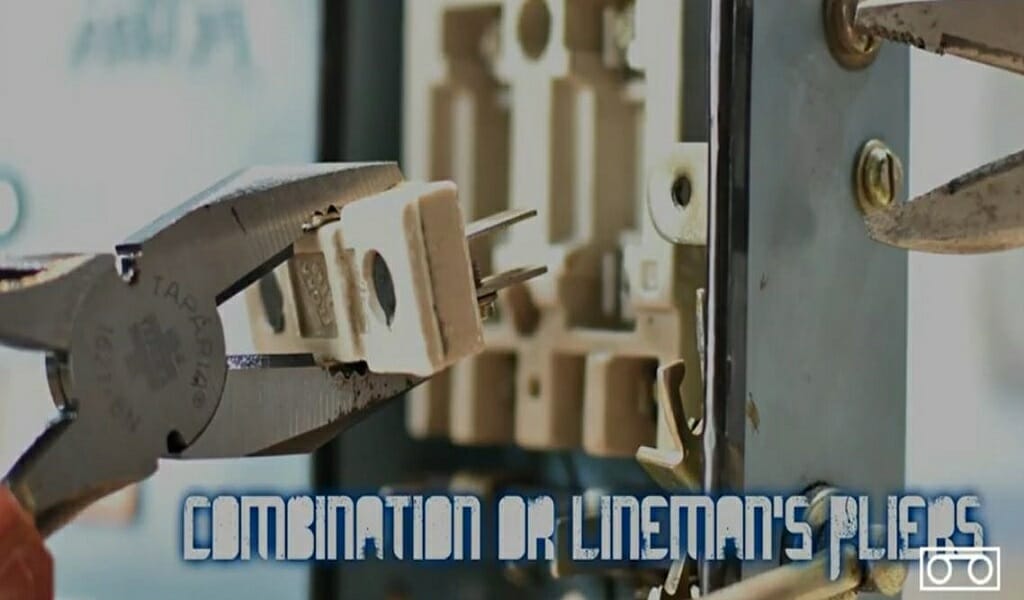
Lineman’s pliers are popular wire cutters in construction and electrical projects. Mostly used by electricians. This is an excellent tool for gripping, bending, twisting, and cutting electrical wires.
Usually, the cutting device is located on one side of the lineman’s plier. The lineman’s pliers are the safest option for cutting electrical wires.
Tip: Lineman’s pliers are also known as side-cutting pliers.
Long Nose Pliers
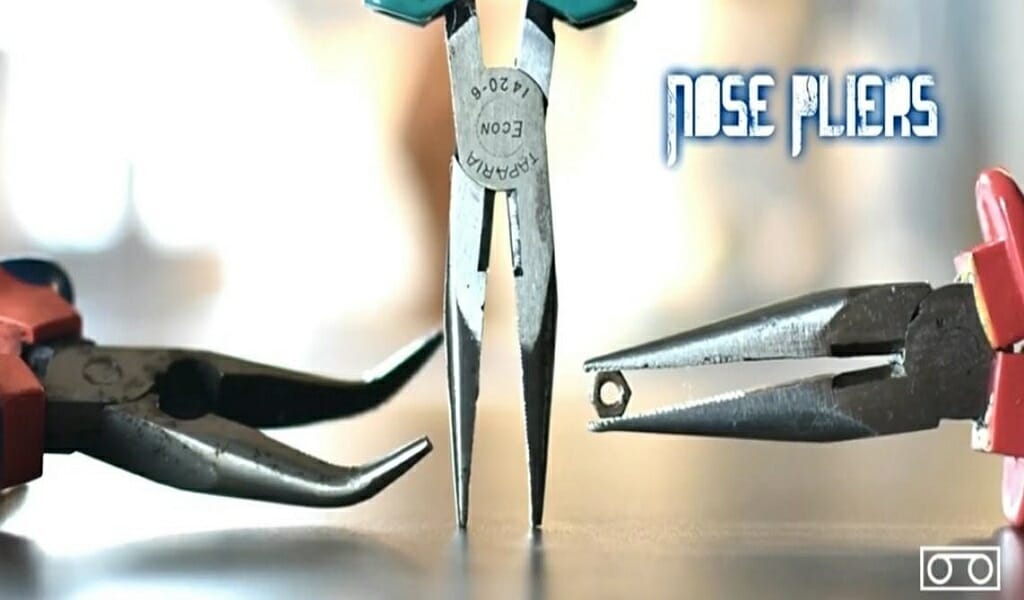
With their slim pointed end, long nose pliers are the best tool for cutting short wires. Or you can use these pliers to get into unreachable places. We use long-nose pliers to cut 8 – 24 gauge electrical wires. Also known as needle-nose pliers and snipe nose pliers.
Jewelry designers, network engineers, electricians, and artisans use these types of pliers. Apart from cutting, you can use these pliers to bend or reposition wires. The narrow tip of these pliers is suitable for attaching several wires together.
Diagonal Cutting Pliers
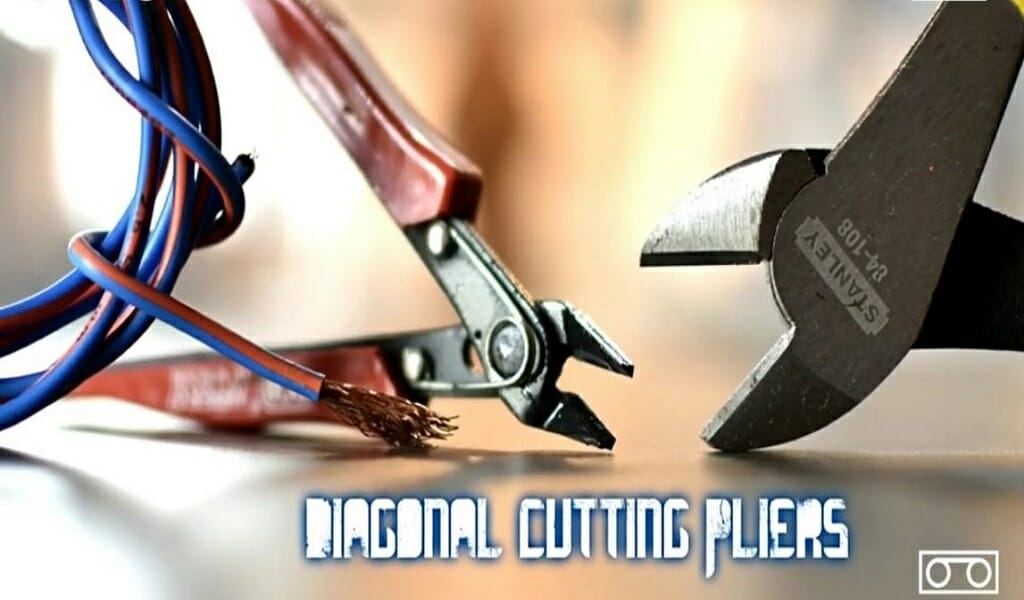
Diagonal cutting pliers are the best option for all types of sizes and shapes of wires. You can use these pliers to grab and turn things. You don’t need any other tool when you use a diagonal cutting plier. This plier can be used as a wire cutter and wire stripper. There is no limitation for wire size. You can cut and strip any wire with diagonal pliers.
Tip: Diagonal cutting pliers are also known as dikes.
End Cutting Pliers
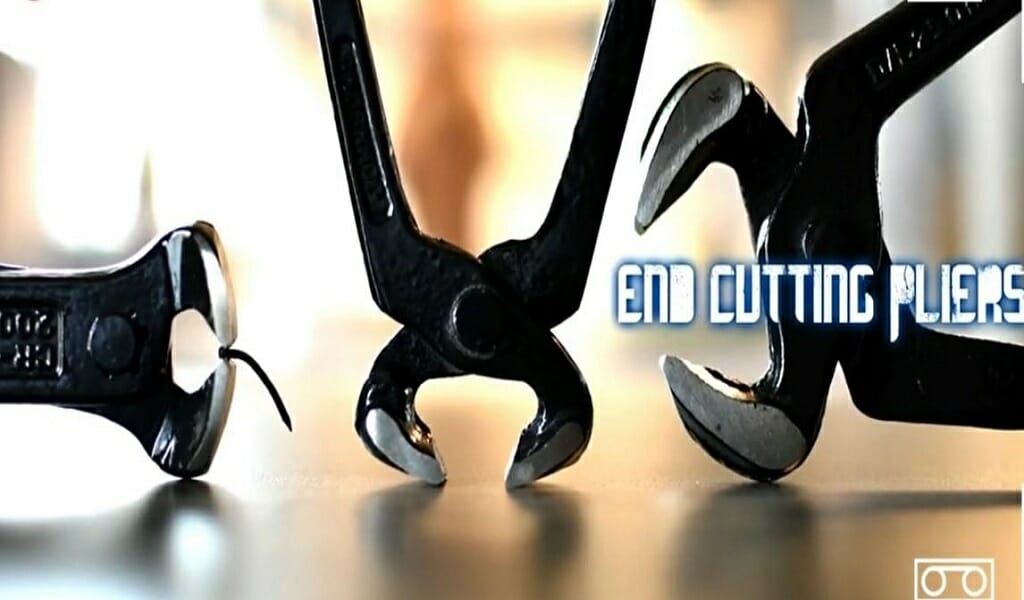
An End-cutting plier is an excellent choice for close cuts with their short and stunted tip. You can easily trim the wires without losing much of the length of the wire.
Tip: You can use the end cutting pliers to cut rivets and nails.
Choose a suitable plier from the above four tools. Remember, diagonal cutting pliers, are suited for any wire. So, if you are confused about what to pick, go with the diagonal cutting pliers.
Is it Safe to Use Scissors?
Most people tend to use scissors as a substitute for wire cutters. But is it safe? Using scissors can hurt you if they are not strong enough and do not cut correctly. So, it is not the safest option to cut wires. However, if you don’t have a wire cutter, scissors can be your plan c option.
Keep in mind: Some people use a utility knife to cut wires. But this is more dangerous than using scissors.
Part 2 – Getting Ready to Cut Wires
Before starting, there are a few things you need to arrange. In this section, we’ll talk about them step by step.
Step 1 – Safety First
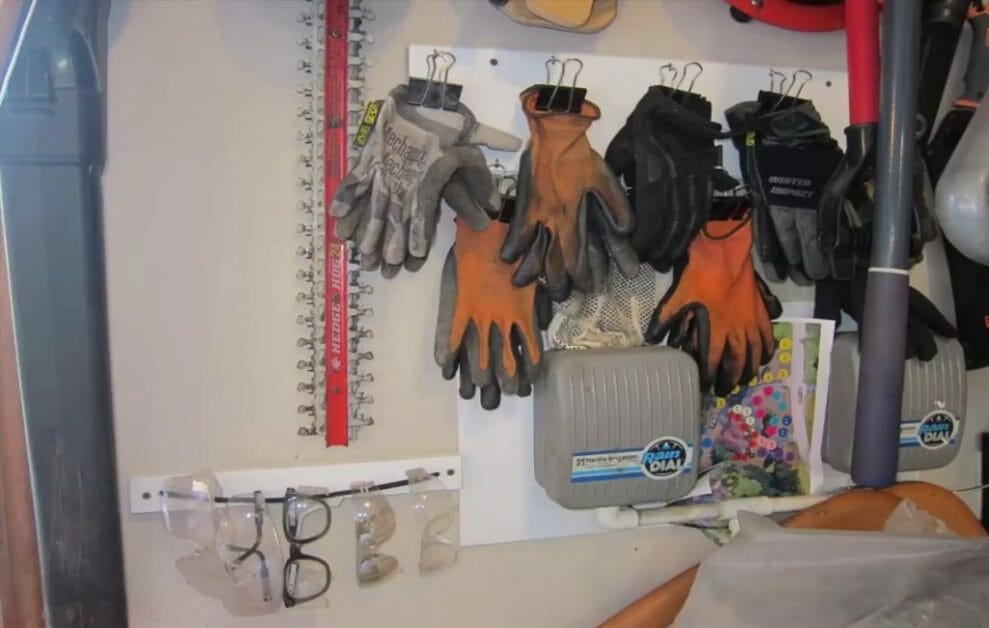
Whenever you complete an electrical project, it is always better to take the necessary safety precautions. Remember to wear safety glasses and safety gloves. Wearing safety glasses is nice to have. While cutting and stripping, small pieces of wires can fly up into your eyes. (1)
Step 2 – Arrange Your Workbench
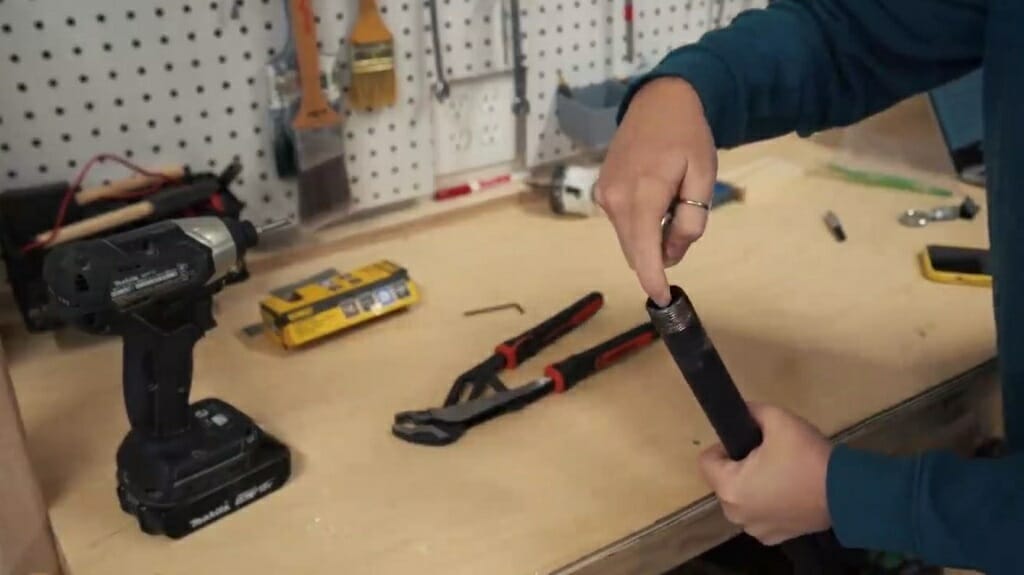
Gather all the items you need for this project and place them on the workbench. Separate the wires and tools properly. Also, adjust the workbench in a comfortable position. You should be able to cut and strip wires without bending over. This way is the safest method. The workbench should be a flat surface.
Step 3 – Cutoff the Power
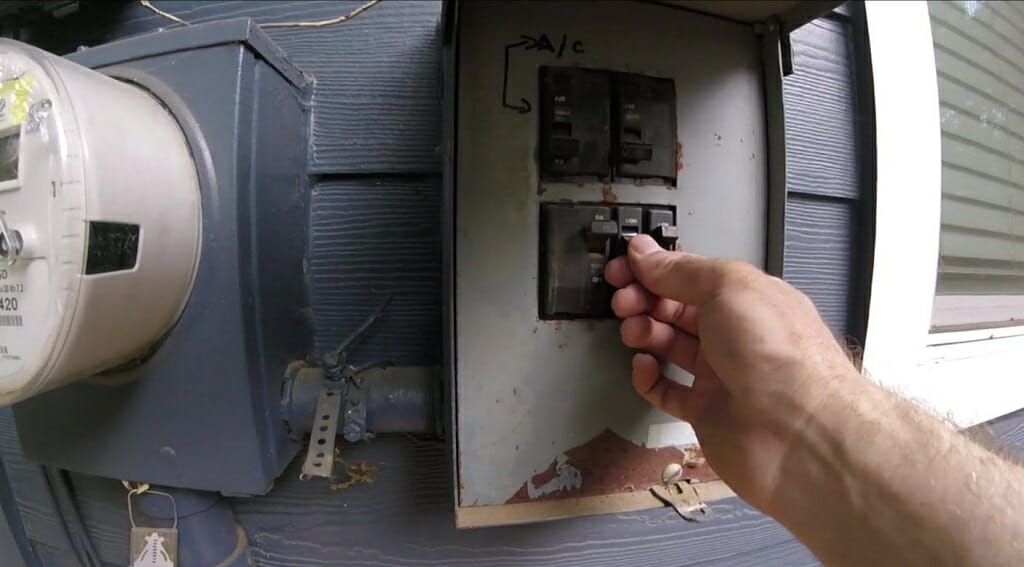
Never start the project without cutting off the power. You might get electrocuted. So, find the circuit breaker that supplies the power to the wires, and turn off the breaker. Or shut down the main switch on the panel board. After cutting off the power, use a voltage tester to confirm everything is off.
Keep in mind: Cutting live wires that run electricity can electrocute you. Or sometimes it could damage the wires and electrical appliances.
Step 4 – Unravel the Wires
Pull off the required length from the spool when cutting new wires such as jewelry wires, electrical wires, or barbed wires. This will help greatly when you start cutting and stripping.
Part 3 – Cut the Wires
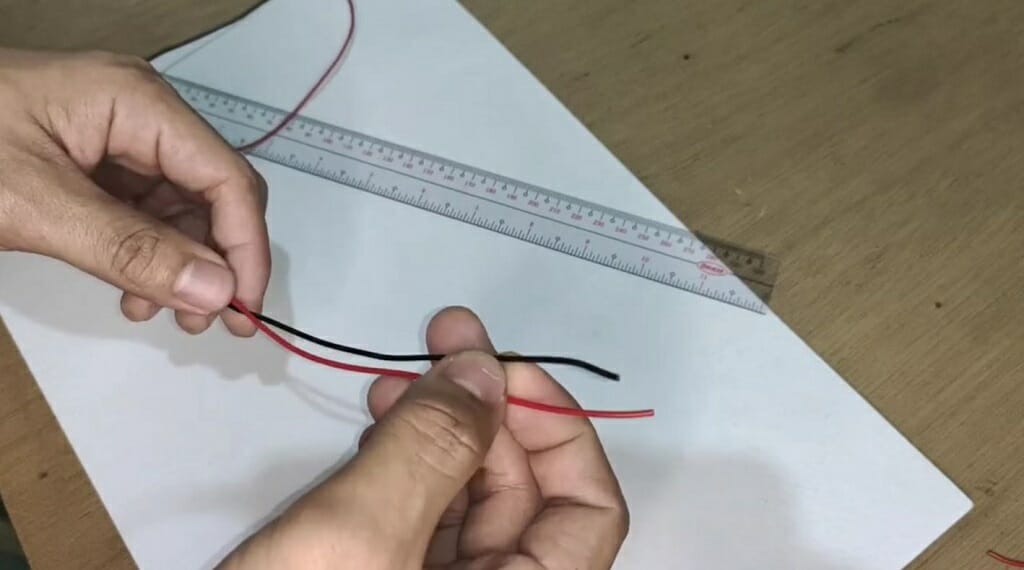
After following the above-given instructions correctly, now you can start the cutting. Follow this simple 5 step guide to do that.
Step 1 – Check the Tools and Clean
First, check all the wire cutters and wire strippers that you use in this process. They should be clean and sharp. Otherwise, you won’t be able to get a good final cut. If needed, clean the tools and remove any dust on the pliers. Use a clean cloth for this. Get some oil and apply it properly to the blades and joints of the pliers.
Then, check the blade of the wire cutter. If the blades are dull, sharpen them. Or use pliers that have sharp blades.
Step 2 – Grip the Handle Tightly
After that, grip the plier’s handle properly. Use your dominant hand for this. One side of the handle should be on the thumb and palm. The other side should be on your other four fingers. This is the best way to hold a pair of pliers. If you hold it incorrectly, the plier might slip from your grasp while cutting wires. When that happens, you might get injured, or wires might get damaged.
Step 3 – Place the Pliers on the Wire
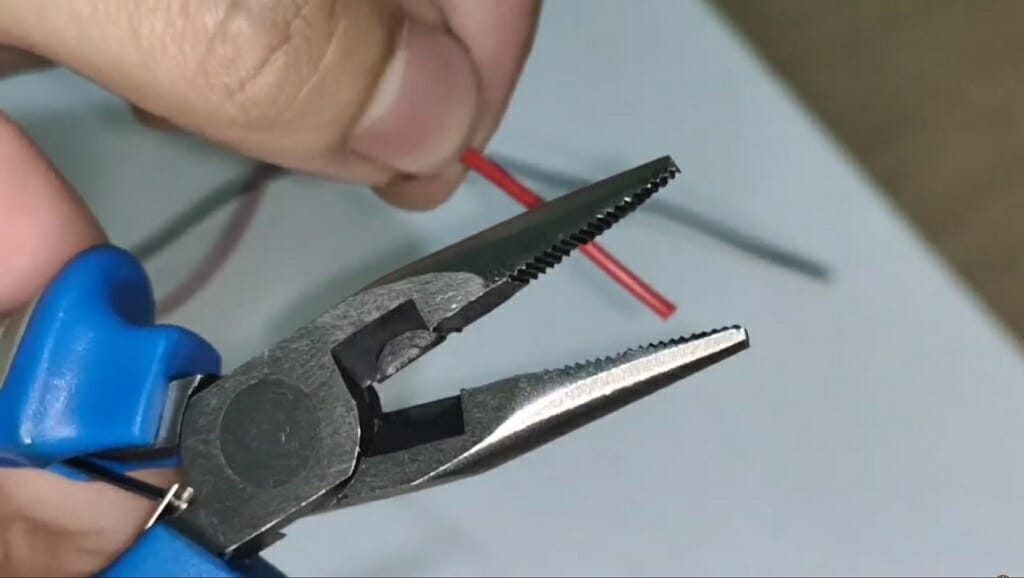
Now expand the handles of the plier. Then, place the opened blades on the wire. Remember to position the blades exactly where you want to cut the wire.
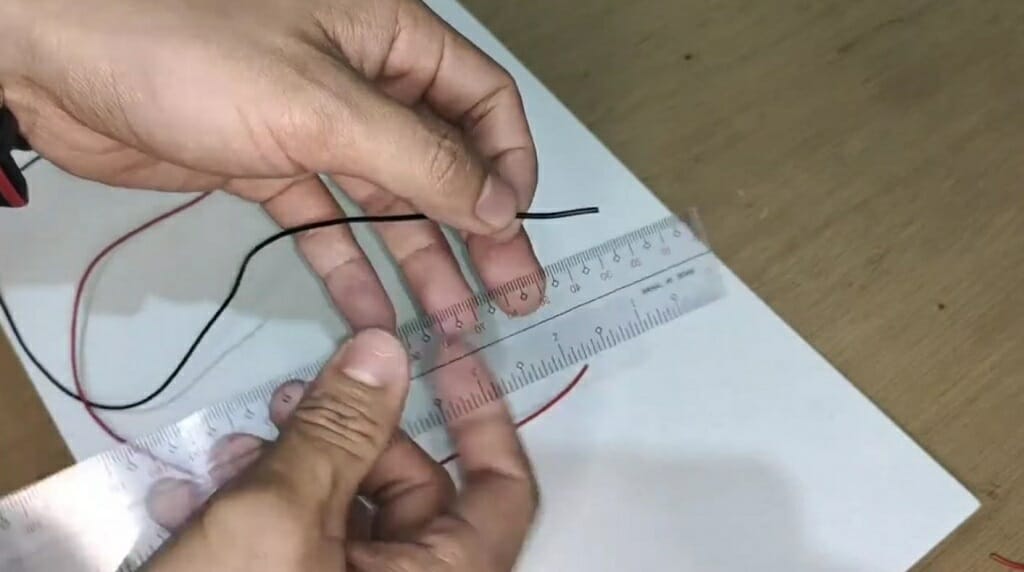
If you plan to cut a specific length, measure the required length before cutting the wire.
Step 4 – Check the Right Angle
When you cut electrical wires, the cutting angle plays a significant role. For instance, the wire might get damaged if your cutting angle is too steep. So, try to reach a clean and even cut.
Step 5 – Cut the Wires
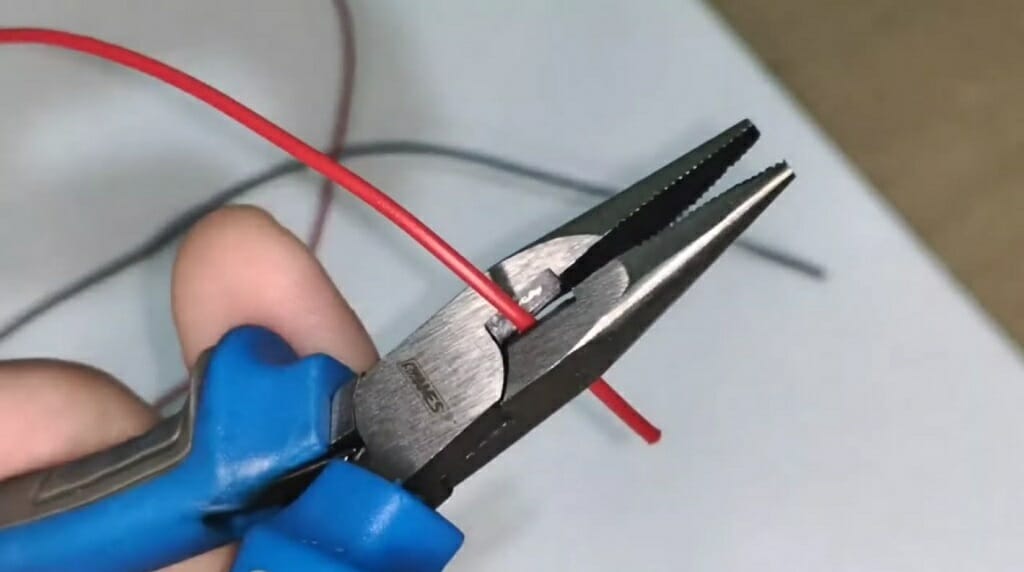
Apply force to the plier’s handle gently. Squeeze both handles at the same time. And your grip should be tight. Otherwise, you won’t get a balanced cut. Also, avoid rocking the plier during this step. (2)
Sometimes the wire might not cut completely with your 1st attempt. If that is the case, restart the process again. Remember, if you get the cutting angle wrong, the wire won’t cut completely. Sometimes the issue might lie in old or faulty pliers. Either way, check everything before your 2nd cut.
Wrapping Up
Whether you are using a lineman’s plier or a diagonal cutting plier, the above guide will help. Always remember, using the right kind of plier will help you get a clean and even cut.
Take a look at some of our related articles below.
- How to cut wire without wire cutters
- How to cap off electrical wires
- What is the blue wire on a ceiling fan
References
(1) electrical project – https://interestingengineering.com/12-electrical-engineering-projects-that-will-impress-your-teachers
(2) Apply force – https://study.com/learn/lesson/applied-force-types-of-forces.html
Video References
Science Sir
Dave Wirth
April Wilkerson
Christian Matias
